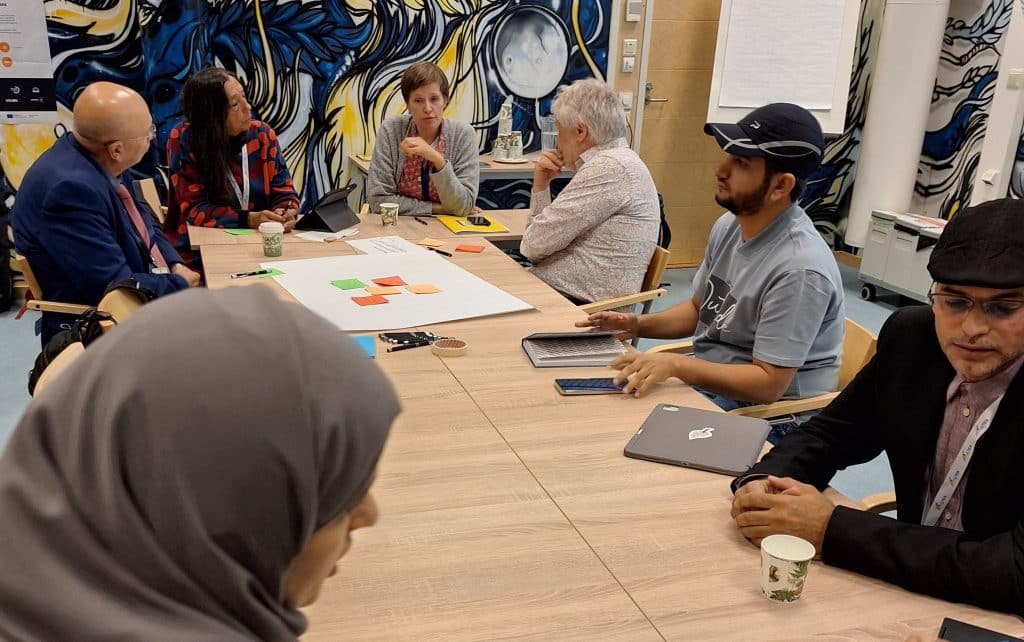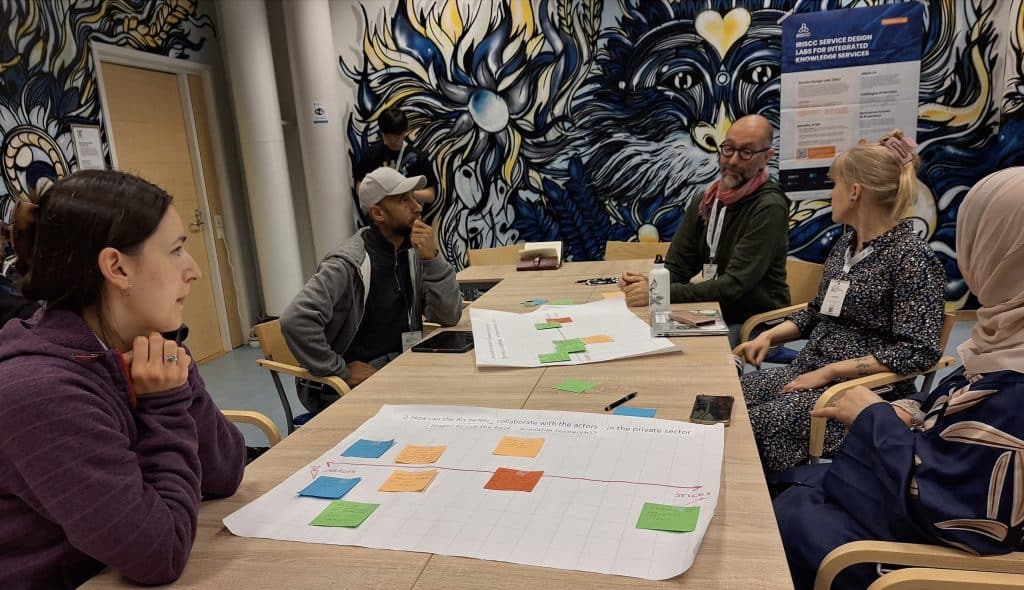On the 26th of June 2025, we organized a workshop as part of the Elter Conference. We wanted to bring the participants together to co-design future services and practices by reviewing existing knowledge on carbon farming. We focused on bridging gaps between long-term observations, research infrastructures (RIs), and practical carbon farming needs. The workshop addressed three core questions. Below, we summarize the insights and proposed pathways forward.
Updated 17/07/2025
Co-Designing Future Services for Carbon Farming: Key Takeaways from the workshop in eLter Conference
Authors: ICOS ERIC & BSAG

1. How Can Long-Term Observations Better Serve CRCF (Carbon Removals Carbon Framework) Needs?
Challenges:
- Scale mismatches: Discrepancies between small-scale field measurements (e.g., LTE -long term evolution- plots) and satellite data, eddy covariance and soil measurements.
- Framework ambiguity: Debate persists over whether CRCF should prioritize action-based (e.g., regenerative practices) or measure-based (e.g., soil carbon quantification) approaches. Projects like Road4Schemes (EJP SOIL) are exploring this.
- Data fragmentation: Disjointed observations across RIs (e.g., AnaEE, BONARES-EJP SOIL databased) hinder unified access.
Solutions Proposed:
- Scale integration: Develop methodologies to downscale satellite data and upscale field measurements (e.g., combining eddy covariance with soil samples).
- Standardization: Adopt ISO standards and ensure RI participation in standard-setting bodies.
- RI collaboration: Coordinate data streams (e.g., EJP SOIL’s long-term experiment database) under a single access framework.
2. How Can RIs Improve Collaboration with the Private Sector?
Barriers:
- Private-sector reluctance to share data (e.g., proprietary sensor/satellite outputs).
- Limited engagement between European RIs and local actors (e.g., farmers).
Strategies Discussed:
- Carrots: Offer free scientific consultancy, structured access to RI technologies (e.g., tools for monitoring C, H2O (water cycle), biodiversity), and government rewards for sustainability-committed farmers.
- Sticks: Advocate for regulatory laws mandating data transparency.
- Co-creation: Design CRCF-specific products (e.g., tailored dashboards) and host joint workshops to align research with industry needs.
3. Enhancing Long-Term Observations for CRCF Relevance
Gaps Identified:
- Sparse agricultural monitoring sites (e.g., need for more ICOS- agri sites).
- Limited private-sector management data sharing.
- Untapped potential of farmer involvement in research.
Actions Recommended:
- Expand monitoring: Prioritize whole-soil-profile analysis and distinguish stable vs. labile carbon pools.
- Farmers as partners: Engage future farmers through CRCF workshops to build trust and integrate on-ground knowledge.
- Top-down coordination: Foster RI collaboration (e.g., ICOS, AnaEE) to align observations with CRCF research questions.
Conclusion: Toward a Unified CRCF Ecosystem
The workshop underscored the need for standardized data, cross-scale methodologies, and inclusive partnerships to make CRCF actionable. Key next steps include:
- Piloting RI-private sector data-sharing agreements.
- Advocating for policy frameworks that incentivize participation.
- Scaling farmer-centric research models.
By addressing these priorities, the scientific community can ensure that long-term observations translate into credible, scalable carbon farming practices—balancing climate goals with agricultural viability.

![]()



